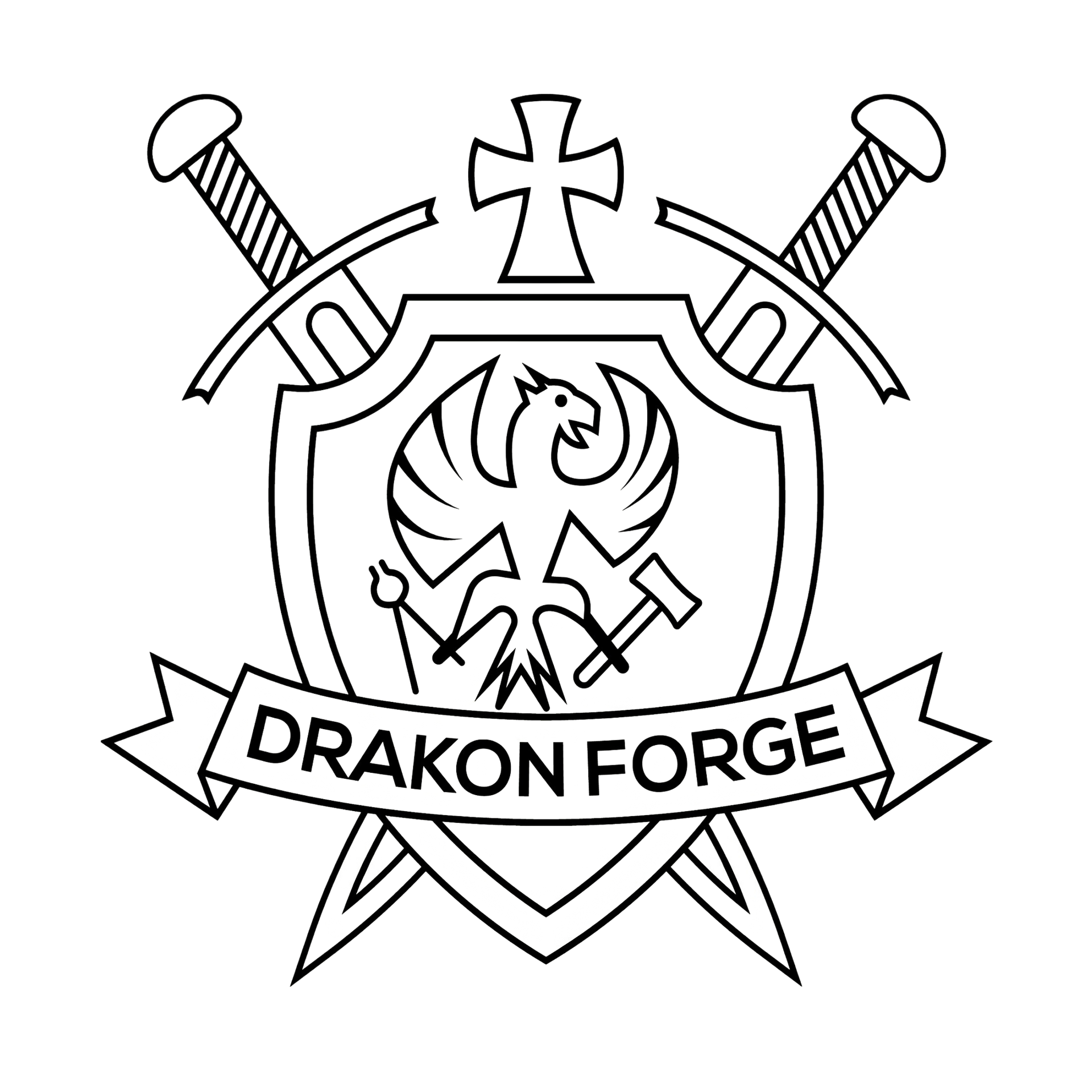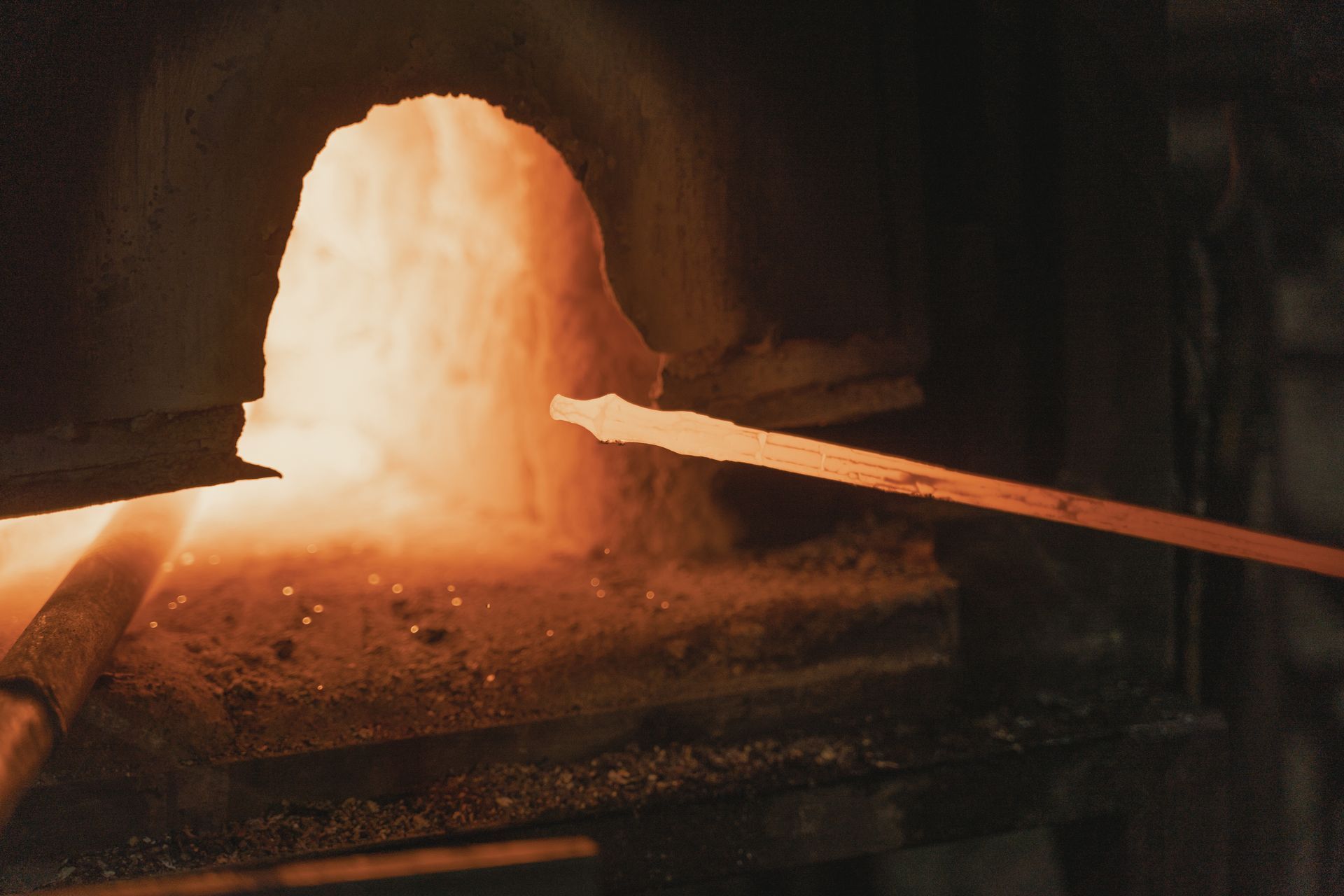The Art and Soul of Blacksmithing: A Journey Through Time
The clang of hammer against anvil, the fiery glow of molten metal, the sweat of human endeavor, and the alchemy of craftsmanship – these are the elements that define the ancient art of blacksmithing

A profession steeped in history, lore, and tradition, blacksmithing has shaped the course of humanity since the dawn of civilization. It is an art form that celebrates the fusion of strength, skill, and creativity, where the practitioner breathes life into the very bones of the earth.
As we embark on this exploration of blacksmithing's rich history and origins, let us take a moment to pay homage to the generations of men and women who have stoked the fires and forged their destinies in the heart of the forge. They were the pioneers who laid the foundation for the modern world, and their legacy lives on through the passionate artisans who carry the torch today. Join me, dear reader, as we journey through time and discover the roots of this inspiring craft and learn how it has shaped our world in ways both tangible and intangible.
Blacksmithing's story begins in the murky depths of prehistory, with the dawn of the Iron Age around 1200 BCE. The Sumerians, Hittites, and Egyptians were among the first civilizations to harness the power of iron, and the role of the blacksmith quickly emerged as an indispensable force in the development of society. As these ancient cultures grew and evolved, so too did the art of blacksmithing, with the blacksmith becoming a highly respected figure within the community. Tasked with forging tools, weapons, and armor, their creations were instrumental in shaping the course of empires and the fates of their people.
Throughout the millennia, the craft of blacksmithing continued to evolve and flourish, spreading its influence far and wide. In ancient Greece and Rome, blacksmiths were revered for their ability to manipulate the elements, their work viewed as a testament to their connection with the divine. This belief in the blacksmith's almost magical prowess was shared by the Celts and Germanic tribes, who attributed supernatural powers to the forge and its master.
As the centuries progressed, blacksmithing became ever more refined and specialized. In medieval Europe, the rise of feudalism saw the blacksmith's role expand to encompass an even greater range of tasks. In addition to forging weapons and armor for knights and soldiers, they crafted horseshoes, plowshares, and myriad tools necessary for everyday life. The blacksmith's workshop was often at the heart of the village, serving as a hub of industry and a symbol of the community's resilience and self-sufficiency.
In the East, the art of blacksmithing was similarly revered, with Japanese swordsmiths earning legendary status for their unparalleled mastery of the craft. The creation of the samurai's katana was a ritual steeped in spirituality and tradition, with the smith seeking divine guidance in the pursuit of perfection. The resulting blades were considered works of art as much as tools of war, and their beauty and lethality remain a testament to the skill and dedication of their creators.
As the world marched into the era of industrialization, blacksmithing was forced to adapt once more. The rise of mass production and new technologies threatened to render the blacksmith's role obsolete, but the craft refused to be extinguished. Instead, it evolved, branching into specialized fields such as farriers, ornamental ironwork, and toolmaking. Blacksmiths found ways to harness the power of the industrial age, using steam hammers and other innovations to improve efficiency while maintaining the integrity of their art.
Today, blacksmithing has experienced a renaissance, with a new generation of artisans seeking to reconnect with the roots of this ancient craft. In a world dominated by digital technology and mass-produced goods, the art of blacksmithing stands as a symbol of individuality, resilience, and a connection to the natural world. Modern blacksmiths, much like their predecessors, continue to forge a unique bond with the elements, transforming raw materials into functional, beautiful, and enduring works of art.
Aspiring blacksmiths embark on a journey that transcends the simple act of shaping metal; they become part of a centuries-old lineage, joining the ranks of countless craftsmen and women who have come before them. They immerse themselves in a world of fire, metal, and sheer human willpower, honing their skills and forging their own path in an ever-changing world. The blacksmith's workshop remains a sanctuary, a place where the noise and chaos of the outside world fall away, leaving only the rhythmic dance of hammer and anvil, the song of steel, and the red glow of the forge.
Blacksmithing is a testament to the power of human creativity and determination. It is an art that has endured the passage of time, adapting and evolving to the world's shifting tides. From the humble village forge to the bustling workshops of modern cities, the spirit of the blacksmith lives on, fueled by the desire to create, to innovate, and to inspire.
So, as you embark on your own journey into the world of blacksmithing, remember that you are not simply learning a trade; you are becoming part of a storied tradition that spans the breadth of human history. Embrace the challenges that lie ahead, and allow yourself to be captivated by the beauty and strength that lies within the forge. The art of blacksmithing beckons, inviting you to forge a connection with the past, while simultaneously shaping the future. The fire is lit, the anvil awaits, and the hammer is in your hand – the time has come to begin your own journey into the soul of blacksmithing.
Share


